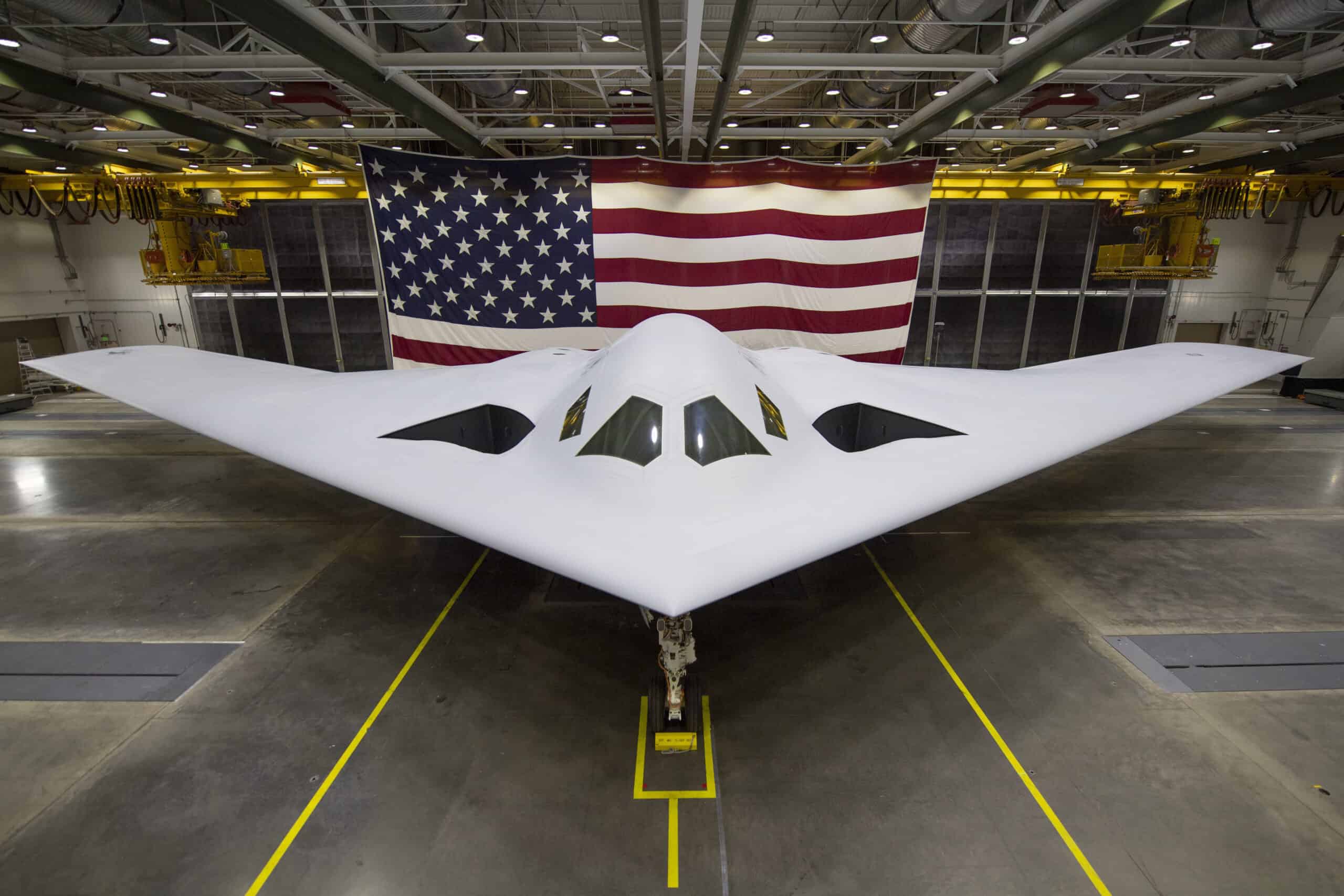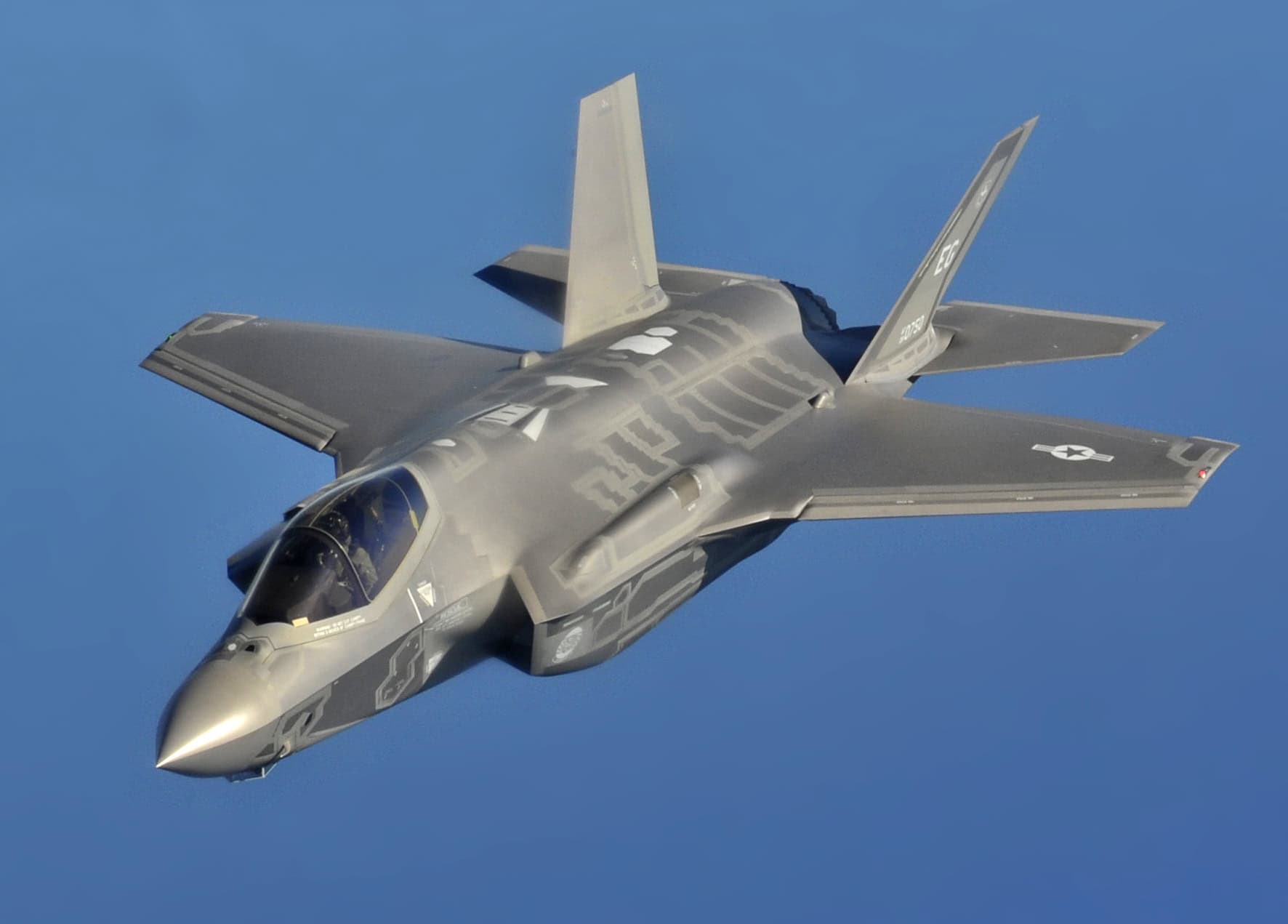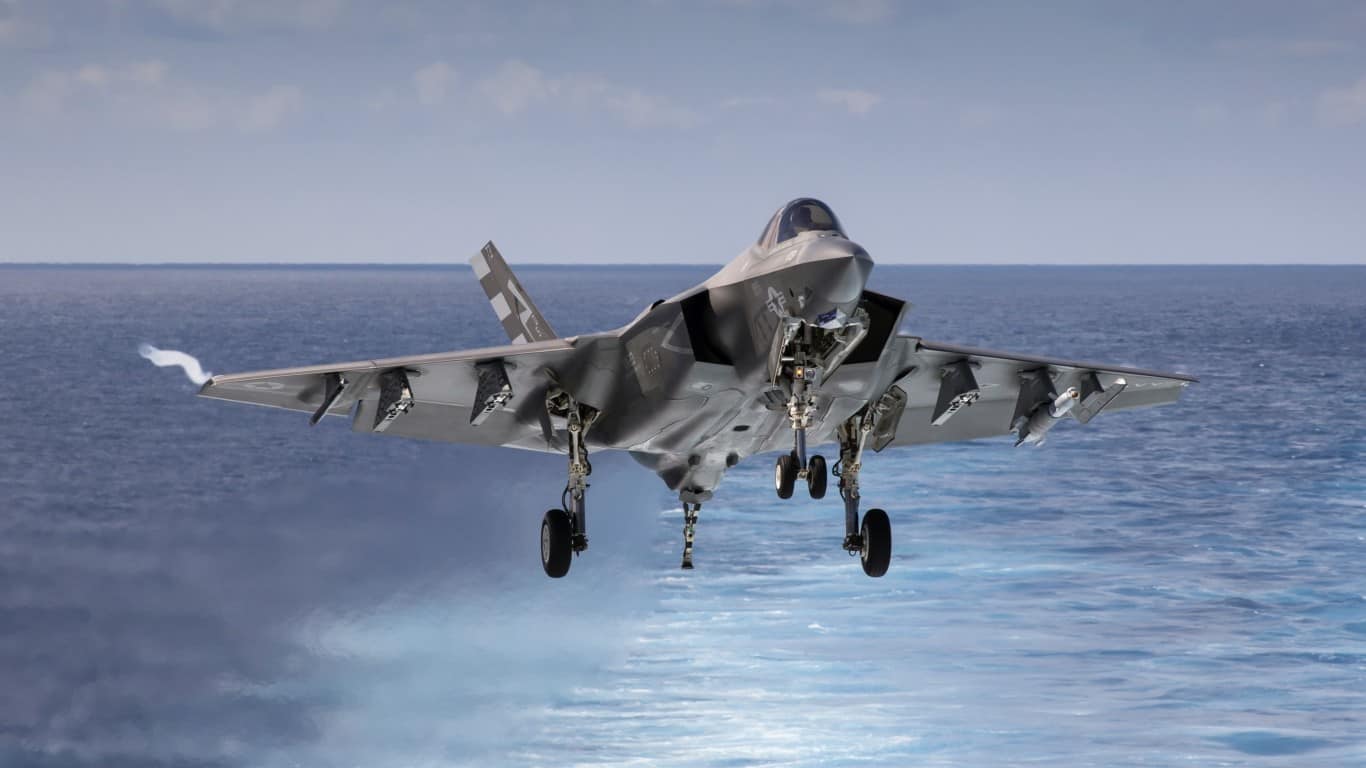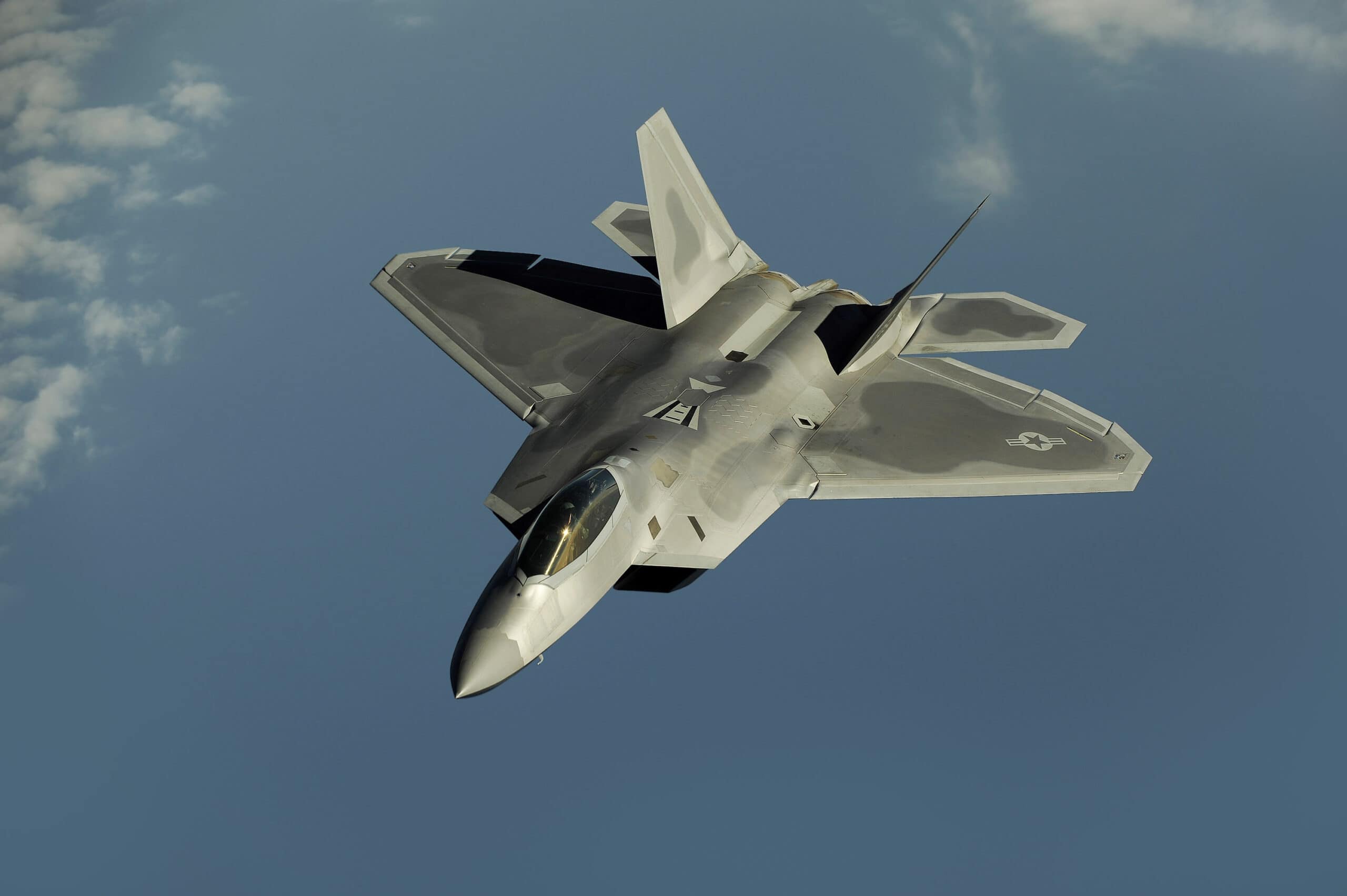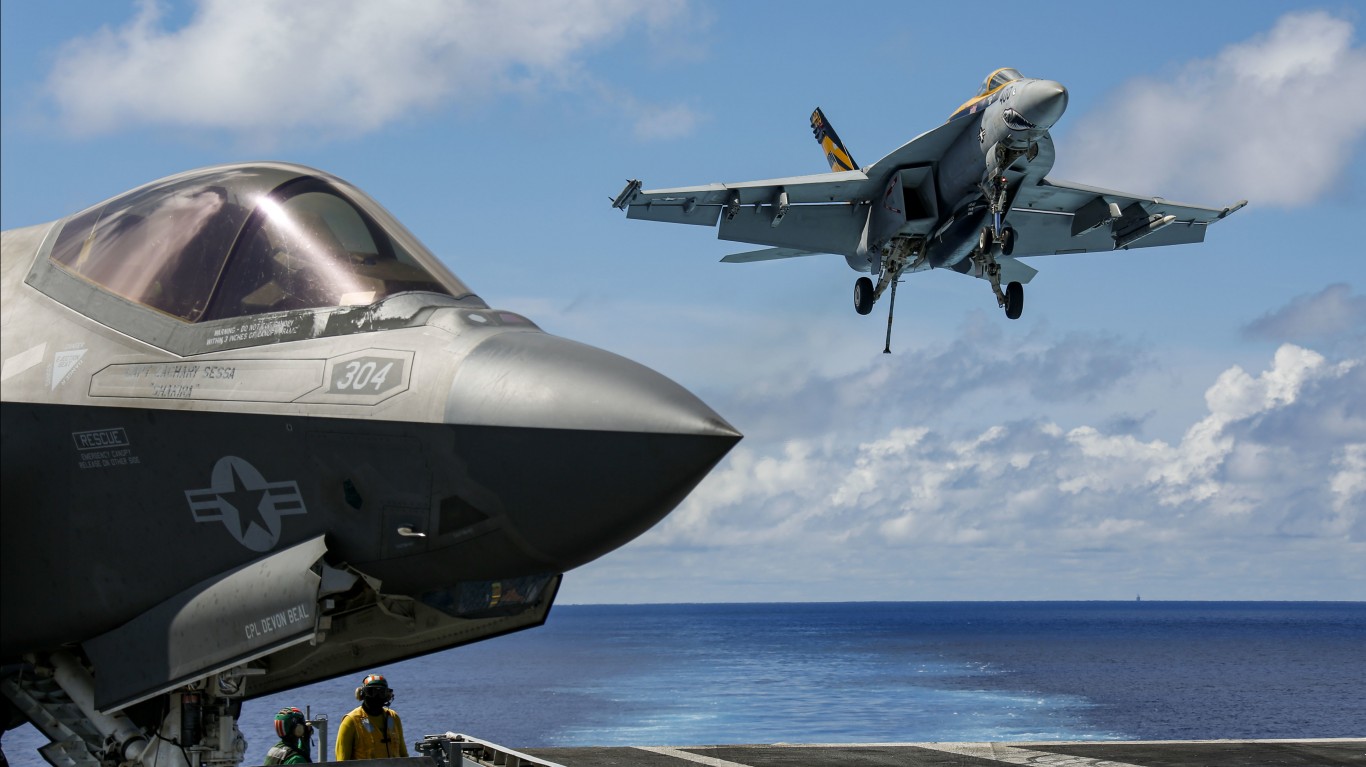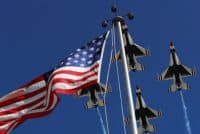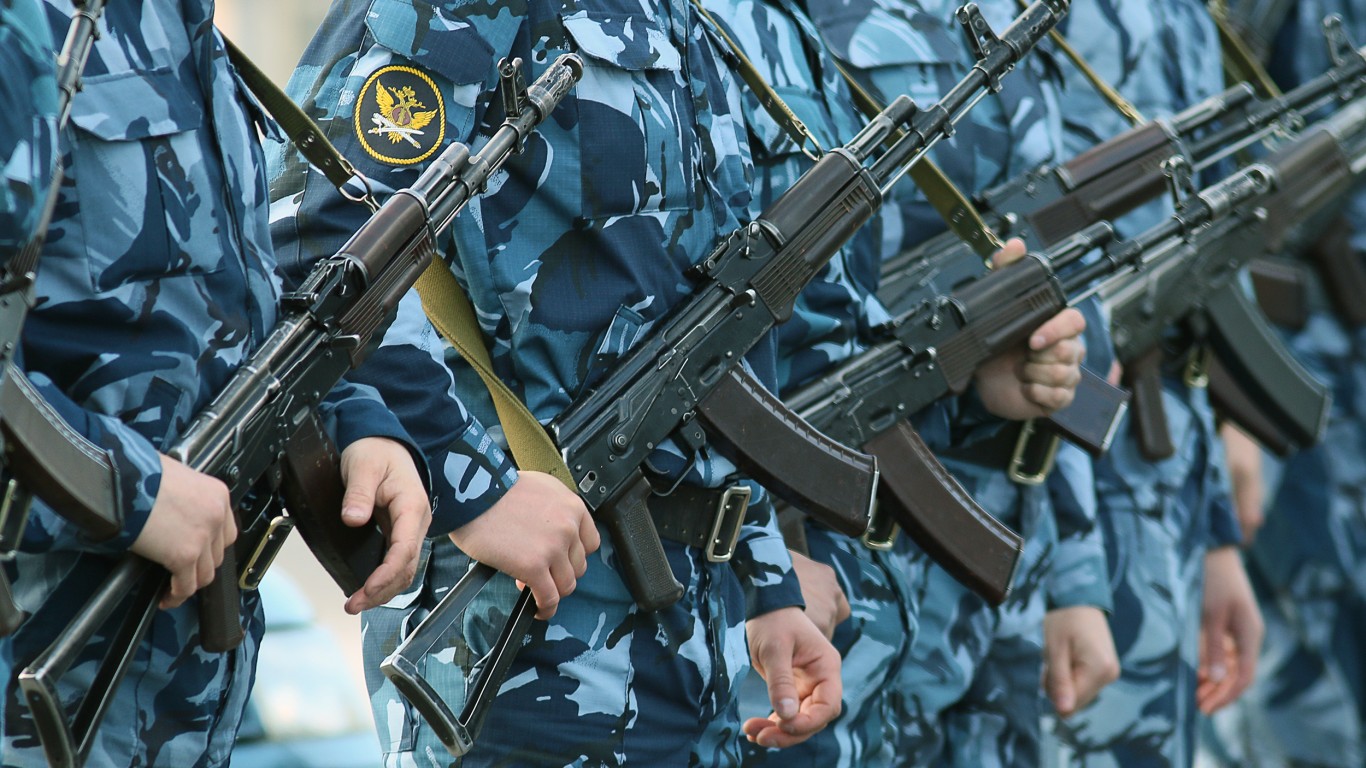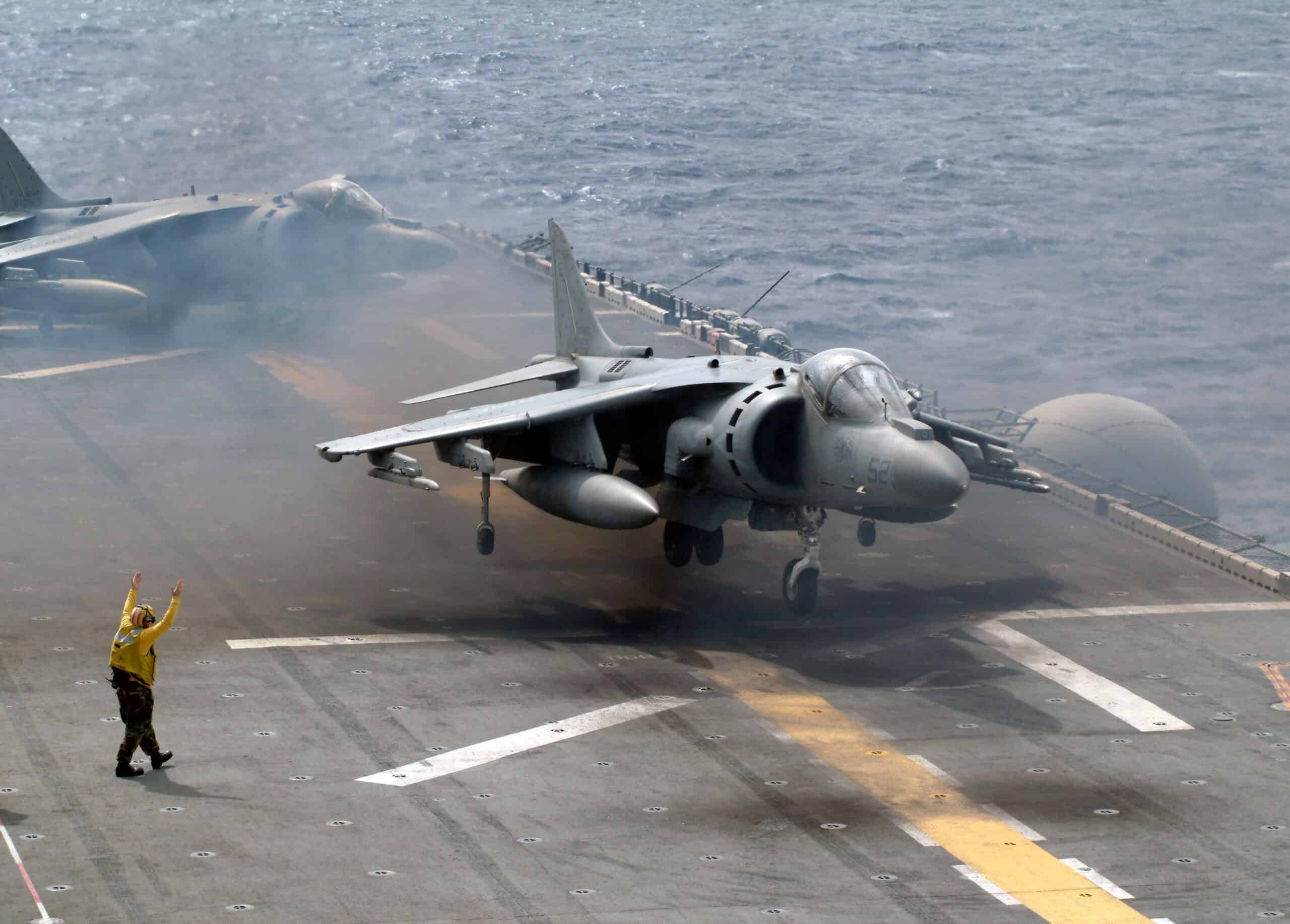
Countries with old, outdated air forces struggle to compete with the newest generation of fighter jets, which is part of the reason why the United States is considered to have one of the strongest air forces in the world. While the U.S. Air Force does employ some of the newest combat aircraft on the planet, it is also home to some of the oldest. (These are the most widely used fighter jets on Earth.)
Here, 24/7 Wall St. is looking at some of the oldest and newest combat aircraft in the U.S. Air Force. To identify the oldest and newest combat aircraft in the United States military, 24/7 Wall St. reviewed the 2024 World Air Forces report from FlightGlobal, an aviation and aerospace industry publication. We ranked these aircraft according to when they entered service with data from Military Factory, an online database of arms, vehicles, and aircraft. We also included supplemental data on how many of these aircraft are in active service or on order, the type of aircraft, as well as what military branches they serve in.
Some of the combat aircraft in the employ of the United States were introduced back as far as the 1950s. Even though some of these entered service more than half-a-century ago, constant upgrades and advancements have kept these planes in the fleet. The B-52 strategic bomber is one example of these older combat aircraft still fielded by the U.S. Air Force that still serves next to the newest iterations of the F-35 Lightning II.
Another example of an older aircraft that has proved resilient over the years is the F-15 Eagle which was first introduced to service in 1976. Currently there are over 375 of these fighter jets in active service in the U.S. Air Force, with more than 100 on order.
One last thing to note is that the B-21 Raider is currently in the works for the U.S. Air Force. Although it is not in service yet, it has made some preliminary test flights and there are a few of these stealth bombers in stock, but the U.S. Air Force has not disclosed that number. (This is every rank in the U.S. Air Force and what they’re paid.)
Here is a look at the oldest and newest combat aircraft currently serving in the U.S. military:
Why Are We Covering This?

Understanding the combat aircraft used by the U.S. provides insight into joint military capabilities and defense strategies. Also knowing what the U.S. has in its arsenal further explains its military capabilities.
17. B-21 Raider
- Year entered service: Expected 2028
- Type: Long range strategic stealth bomber
- Active aircraft: 0
- Aircraft on order: 100
- Military branch in service: United States Air Force
16. AC-130J Ghostrider
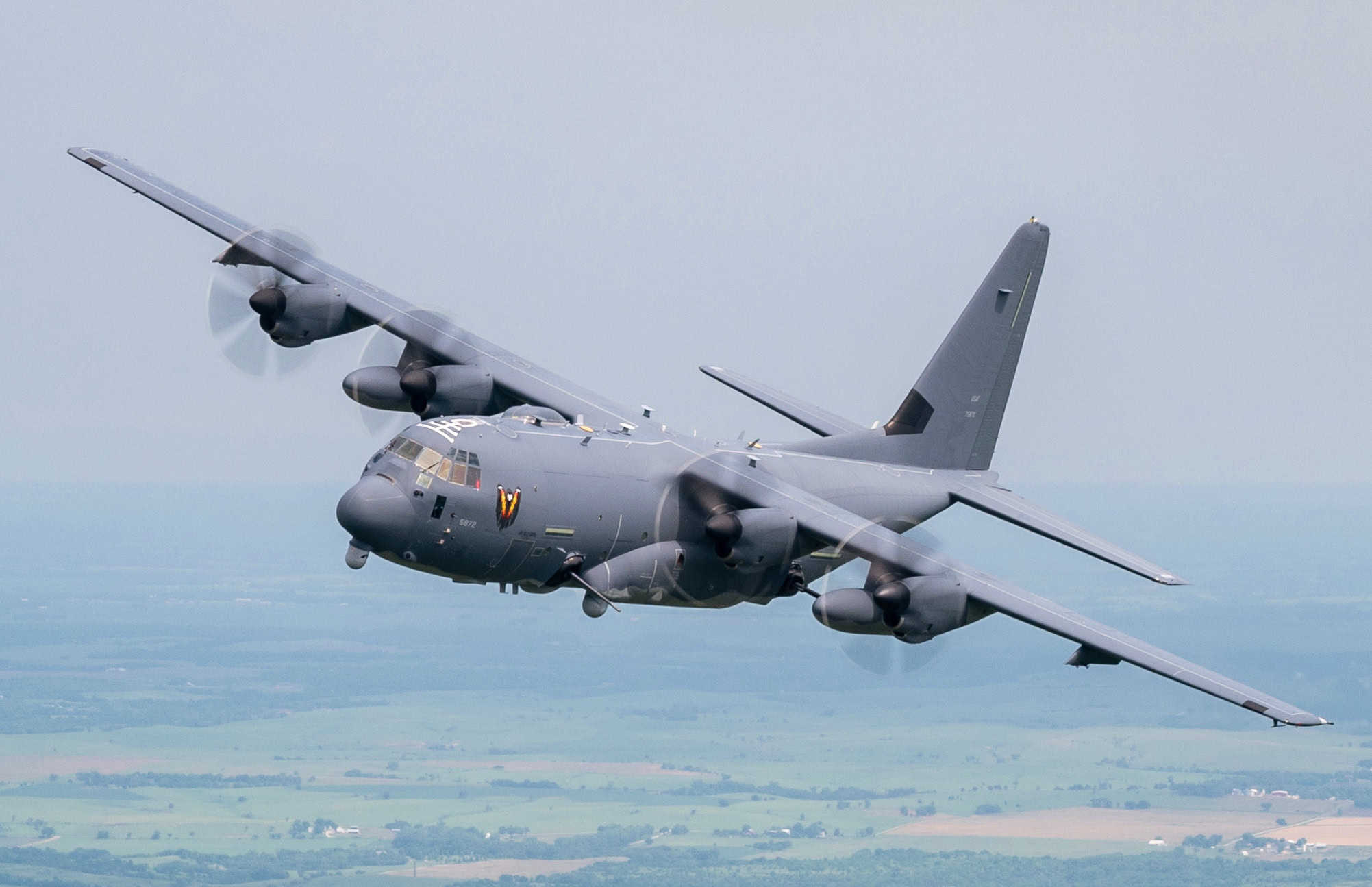
- Year entered service: 2017
- Type: Ground attack / close-air support
- Active aircraft: 29
- Aircraft on order: 0
- Military branch in service: United States Air Force
15. F-35A Lightning II
- Year entered service: 2016
- Type: Multirole 5th generation aircraft
- Active aircraft: 234
- Aircraft on order: 1,372
- Military branch in service: United States Air Force
14. F-35B Lightning II (VTOL)
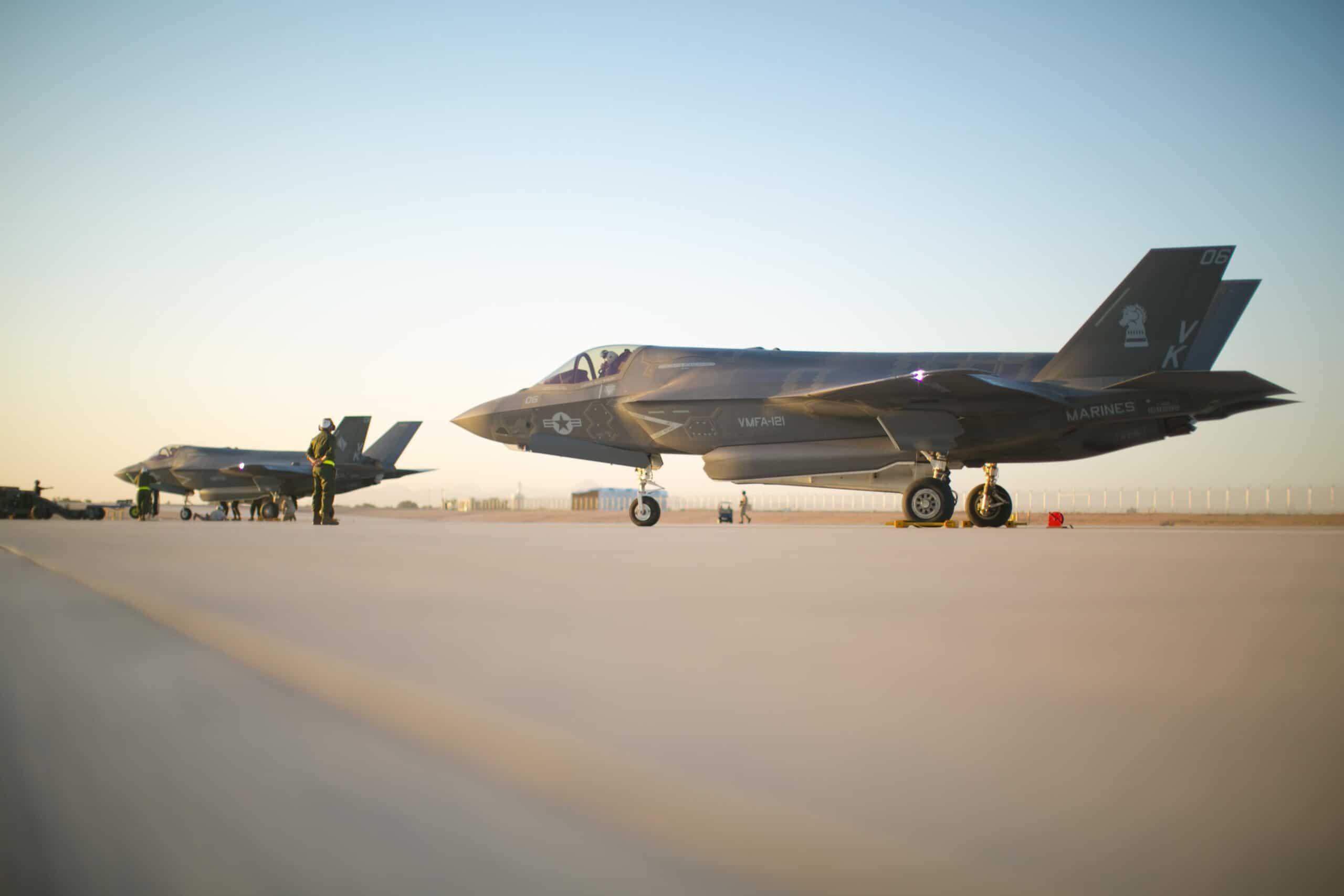
- Year entered service: 2016
- Type: Multirole 5th generation aircraft (Vertical Takeoff and Landing)
- Active aircraft: 112
- Aircraft on order: 279
- Military branch in service: United States Marine Corps
13. F-35C Lightning II
- Year entered service: 2016
- Type: Multirole 5th generation carrier borne aircraft
- Active aircraft: 30
- Aircraft on order: 204
- Military branch in service: United States Navy
12. AC-130W Stinger II

- Year entered service: 2010
- Type: Special operations fixed-wing gunship
- Active aircraft: 3
- Aircraft on order: 0
- Military branch in service: United States Air Force
11. F-22 Raptor
- Year entered service: 2005
- Type: 5th generation air dominance fighter aircraft
- Active aircraft: 178
- Aircraft on order: 0
- Military branch in service: United States Air Force
10. F/A-18E/F Super Hornet
- Year entered service: 1999
- Type: Carrier-based strike fighter aircraft
- Active aircraft: 421
- Aircraft on order: 76
- Military branch in service: United States Navy
9. B-2 Spirit
- Year entered service: 1997
- Type: Strategic stealth heavy bomber
- Active aircraft: 17
- Aircraft on order: 0
- Military branch in service: United States Air Force
8. AT-802U Sky Warden

- Year entered service: 1990
- Type: Multirole light aircraft
- Active aircraft: 0
- Aircraft on order: 75
- Military branch in service: United States Air Force
7. B-1B Lancer

- Year entered service: 1986
- Type: Strategic heavy bomber
- Active aircraft: 42
- Aircraft on order: 0
- Military branch in service: United States Air Force
6. AV-8B/+ Harrier II

- Year entered service: 1985
- Type: Short take-off and vertical landing strike aircraft
- Active aircraft: 87
- Aircraft on order: 0
- Military branch in service: United States Marine Corps
5. F/A-18A/C/D Hornet
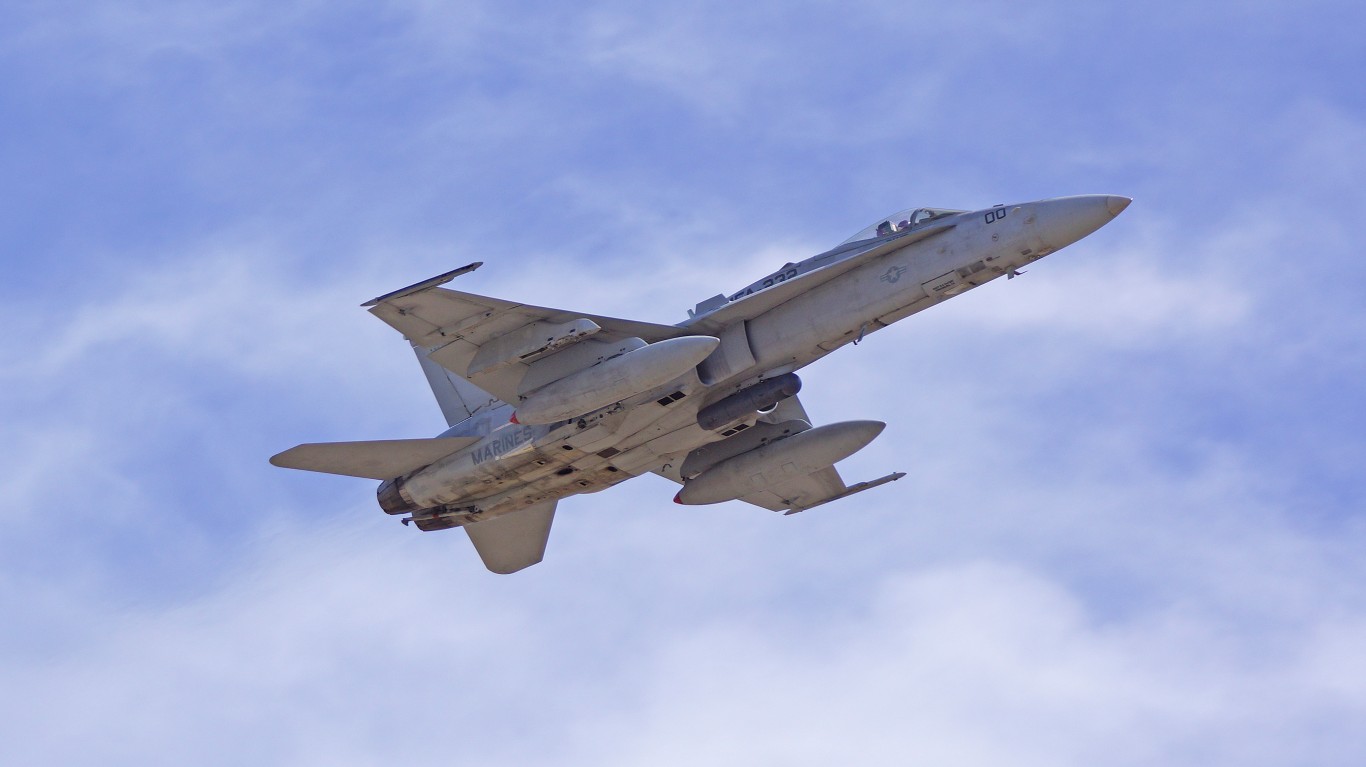
- Year entered service: 1983
- Type: Carrier-based strike fighter aircraft
- Active aircraft: 140
- Aircraft on order: 0
- Military branch in service: United States Marine Corps
4. F-16C Fightning Falcon
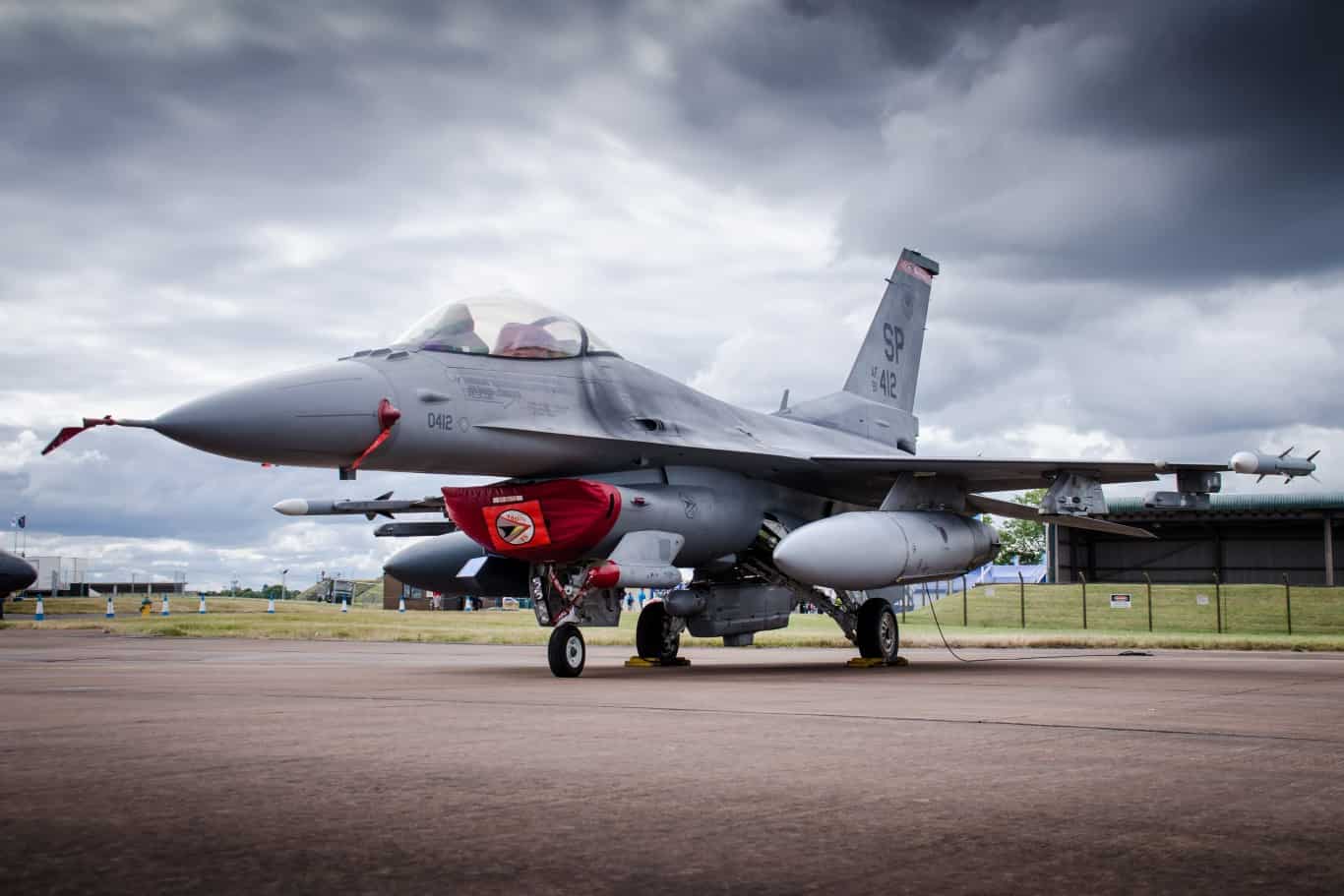
- Year entered service: 1978
- Type: Multirole 4th generation fighter aircraft
- Active aircraft: 738
- Aircraft on order: 0
- Military branch in service: United States Air Force
3. A-10C Thunderbolt II
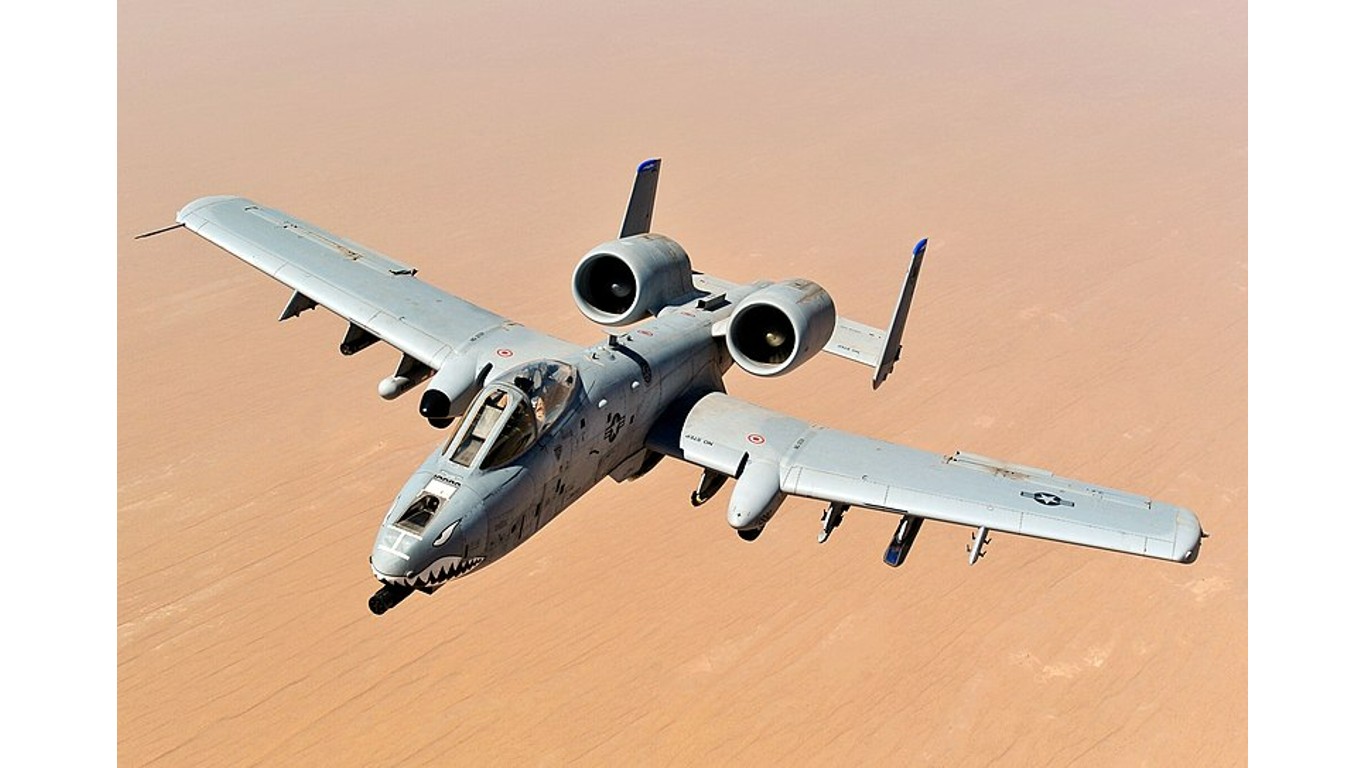
- Year entered service: 1976
- Type: Close-air support / forward air control
- Active aircraft: 270
- Aircraft on order: 0
- Military branch in service: United States Air Force
2. F-15 C/E/EX Eagle II
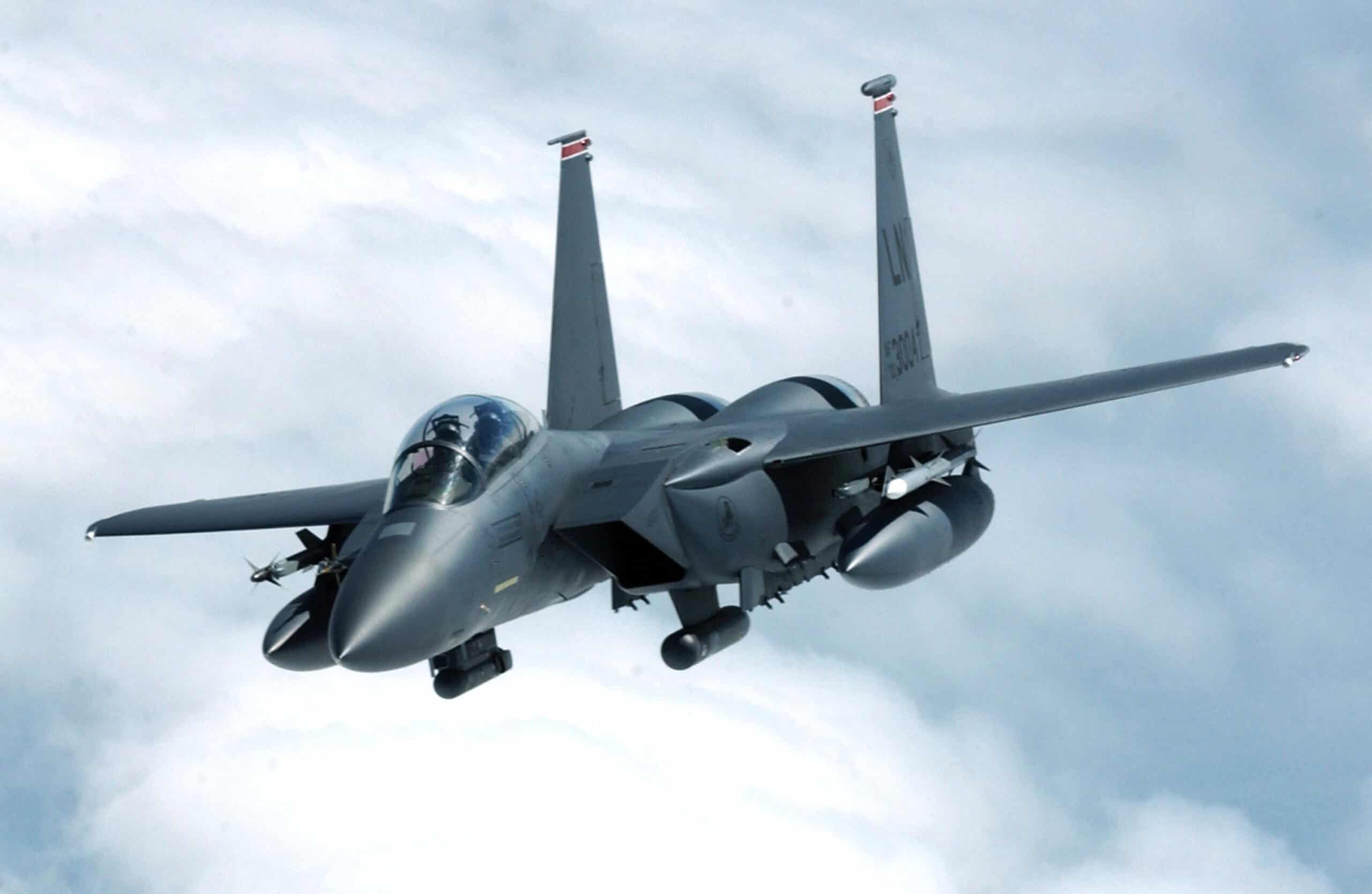
- Year entered service: 1976
- Type: Air superiority fighter aircraft
- Active aircraft: 377
- Aircraft on order: 102
- Military branch in service: United States Air Force
1. B-52H Stratofortress

- Year entered service: 1955
- Type: Long range strategic heavy bomber
- Active aircraft: 72
- Aircraft on order: 0
- Military branch in service: United States Air Force
Get Ready To Retire (Sponsored)
Start by taking a quick retirement quiz from SmartAsset that will match you with up to 3 financial advisors that serve your area and beyond in 5 minutes, or less.
Each advisor has been vetted by SmartAsset and is held to a fiduciary standard to act in your best interests.
Here’s how it works:
1. Answer SmartAsset advisor match quiz
2. Review your pre-screened matches at your leisure. Check out the advisors’ profiles.
3. Speak with advisors at no cost to you. Have an introductory call on the phone or introduction in person and choose whom to work with in the future
Thank you for reading! Have some feedback for us?
Contact the 24/7 Wall St. editorial team.
